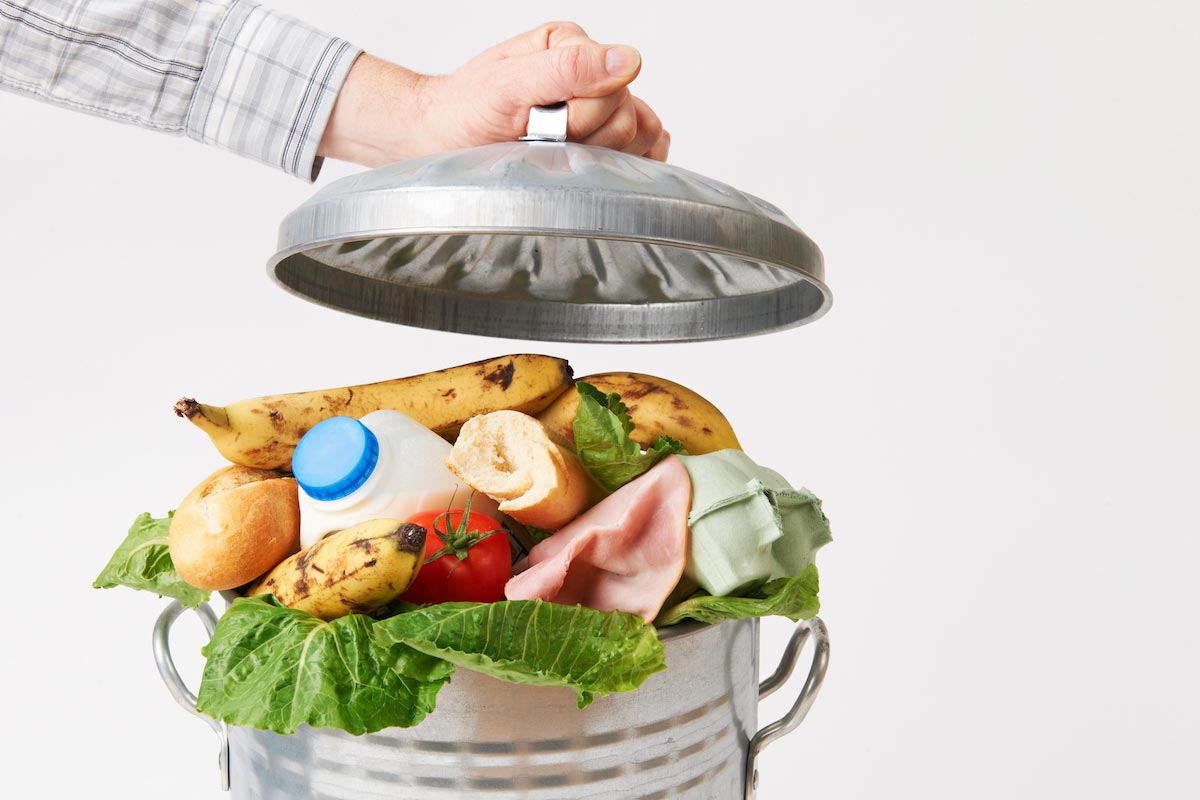Nov 15, 2024 by Mark Dingley
Are your date labels contributing to the growing pile of food waste? A study by End Food Waste Australia and RMIT University has revealed Australians are wasting food because of unclear date labels and storage advice.
Food waste is a multi-billion-dollar problem in Australia. Over 7.6 million tonnes of food is wasted annually, which amounts to one-third of all food in Australia. Worse, 70% of that is perfectly edible.
While this is a complex problem to solve, using proper date labelling is a simple way for manufacturers to make a difference and improve food security.

One of the biggest causes of food waste is consumer confusion around date labels.
Research shows that up to 82% of consumers do not understand “best before” labels, and 62% are confused by “use by” labels. These terms are often used interchangeably, with unstandardised placement and sometimes poor legibility, which adds to the confusion.
However, even though many consumers interviewed in the RMIT University study understood the difference between use-by and best-before dates, they admitted they still often discarded food when it reached either date. This means food that is often perfectly edible is going to waste.
Here are some more findings from the study:

Source : World Economic Forum
Date labels and storage advice can make a big difference to food waste. In the UK, apples, potatoes and broccoli are among hundreds of food products to have best-before dates removed from their packaging by supermarket Waitrose to help customers cut food waste at home. British supermarkets are now putting more focus into providing advice to consumers around how to store fresh produce properly to help it last longer.
The Co-op is also removing “use by” dates on its own-brand yoghurts in response to the fact that UK homes are throwing out £100 millionayear of yoghurt when it is still actually safe to eat.
So why is Australia not taking the same approach?
Two advocacy groups – The Fight Food Waste Cooperative Research Centre and Stop Food Waste Australia – have unified to convince regulators and supermarkets to end the use-by dates. However, only Food Standards Australia and New Zealand (FSANZ) can change whether best-before dates are required on products. In December 2023 FSANZ told the ABC that there were “no plans to change the best-before or use-by date marking requirements in the Food Standards Code”.
Whether changes to the regulations are made sooner or later, manufacturers can take steps now to improve date labelling on their products, reduce confusion, and cut waste.
Here are some essential tips:
1. Make date codes clear and visible. Consumers want clear, consistent, easy-to-read information. Ensure date codes and storage information is crisp, clear and easy to read for the end consumer. Use large fonts with contrasting colours so information is easy to find and interpret.
2. Include specific storage instructions. Often for a product to maintain its quality until the best-before or use-by date, it will require specific storage conditions, such as “refrigerate after opening”. These storage instructions must be printed on the label or packaging. Consider including specific temperature guidelines for storage and additional advice on how to extend the product’s shelf life.
3. Eliminate date-coding errors. Choose a date coder that can be integrated with a software solution, such as Matthews iDSnet, to ensure that the right date code is printed on the right product at the right time. Supplement with vision inspection to check that the code is both present and in the proper format.
4. Choose the right coding technology. Depending on the type of packaging and your production environment, you can choose from a variety of coding solutions:
2D barcodes are barcodes that are embedded with data. 2D barcodes differ from traditional linear barcodes because they hold a lot of information in a smaller space.
A single 2D barcode can carry details such as expiry dates and batch numbers, making it perfect for fresh produce tracking.
Importantly, 2D barcodes can help reduce food waste by alerting consumers to the expiration and best-before dates, which reduces the likelihood that consumers are taking home and consuming food past its use-by date.
Look carefully at your date coding: is it clear, legible and easy to understand?
Do the same for your storage information. If there’s any risk of confusion, take the time to make it right.
As the industry experts in all things coding and marking for Australian manufacturers, if you need advice on date coding, one of our friendly team will be happy to help.
Read our comprehensive guide to product date coding for everything you need to know about date coding.
Read the full report published by RMIT University and End Food Waste Cooperative Research Centre.